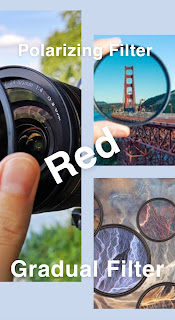Fifers- Youth

Fifers Youth Cowdenbeath After School Club Plan To create an editorial Image for a planned exhibition on 'Fifers'. The key word I was given was 'Youth' so I decided to base my image on the childcare shortage crisis In Fife. My thought process behind this was a recent experience my local After School club faced when they they were at risk of having to close their doors due to not being able to find a new premises in order to house their business. Their current building was no longer accessible to use. This would in turn cause the local childcare in the area to face a detriment due to the already shortfall in childcare being available. Local councillors were involved as well as a small media coverage to try and help this club who is massive part of the community. Cowdenbeath After School club to Reopen Mood Board Cowdenbeath After School Club premise colourful hands/laughter playing equipment DSLR Lighting Key Elements Founder of Cowdenbeath After School Club Portrait t...






